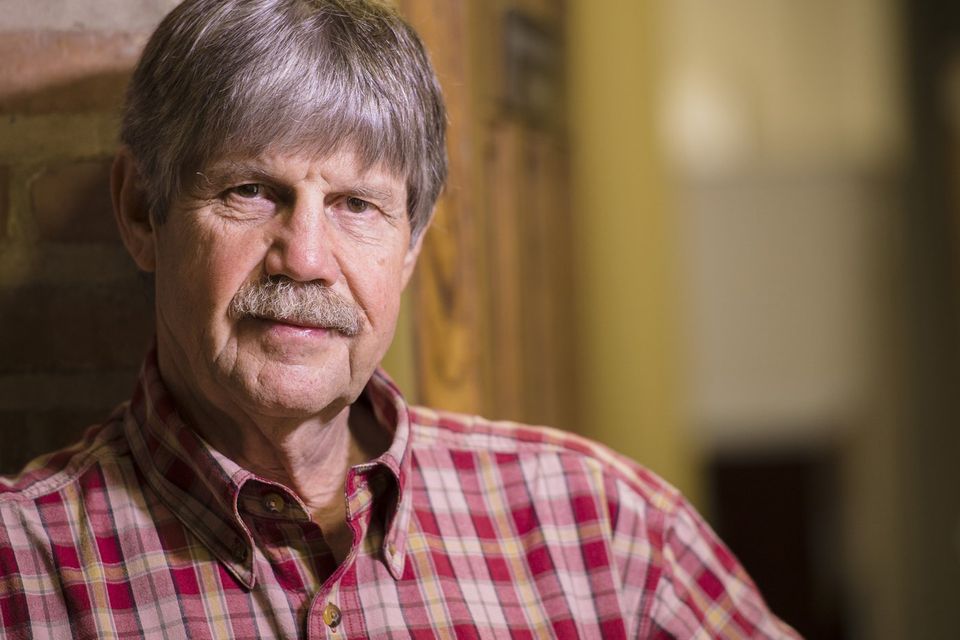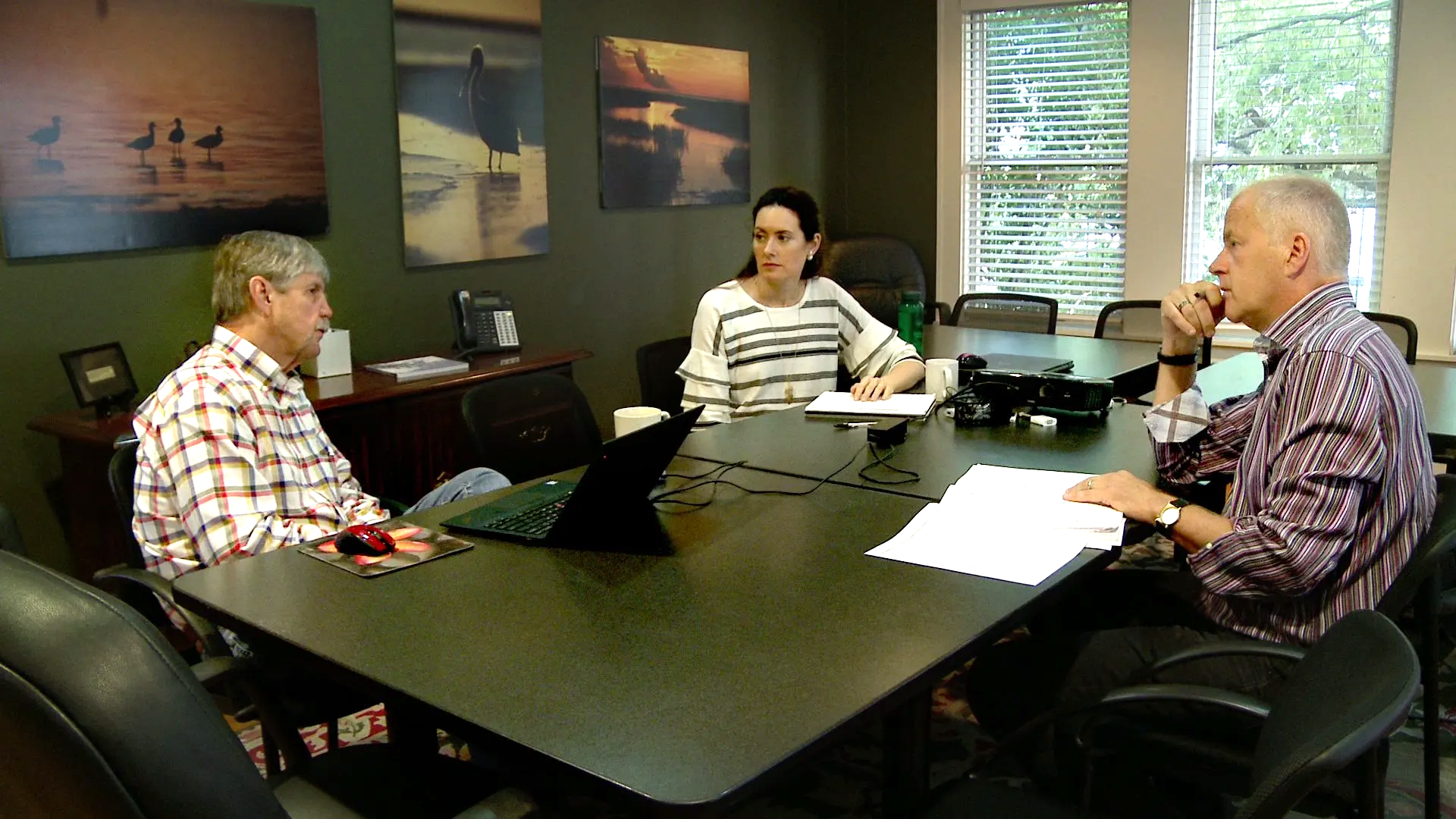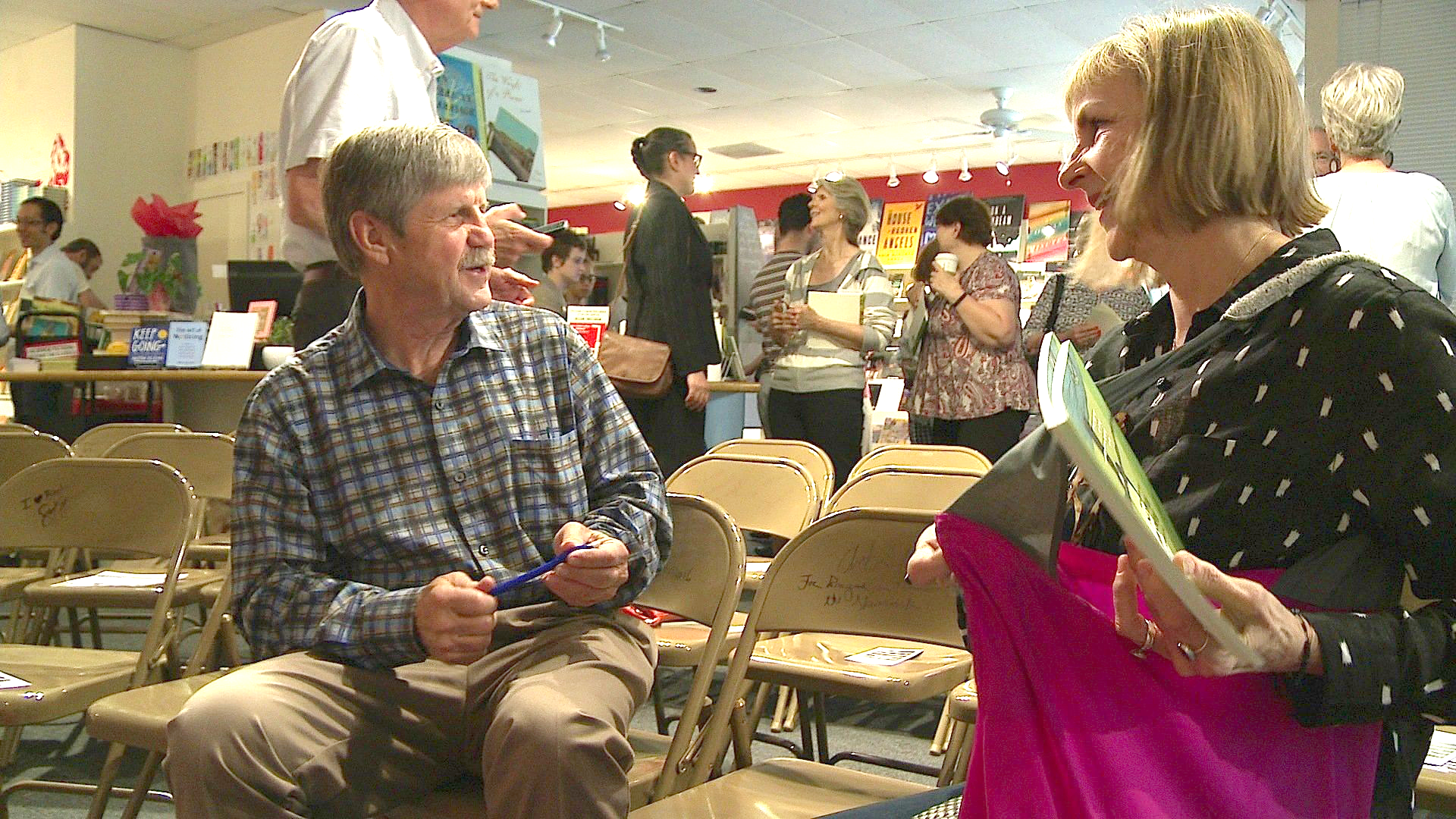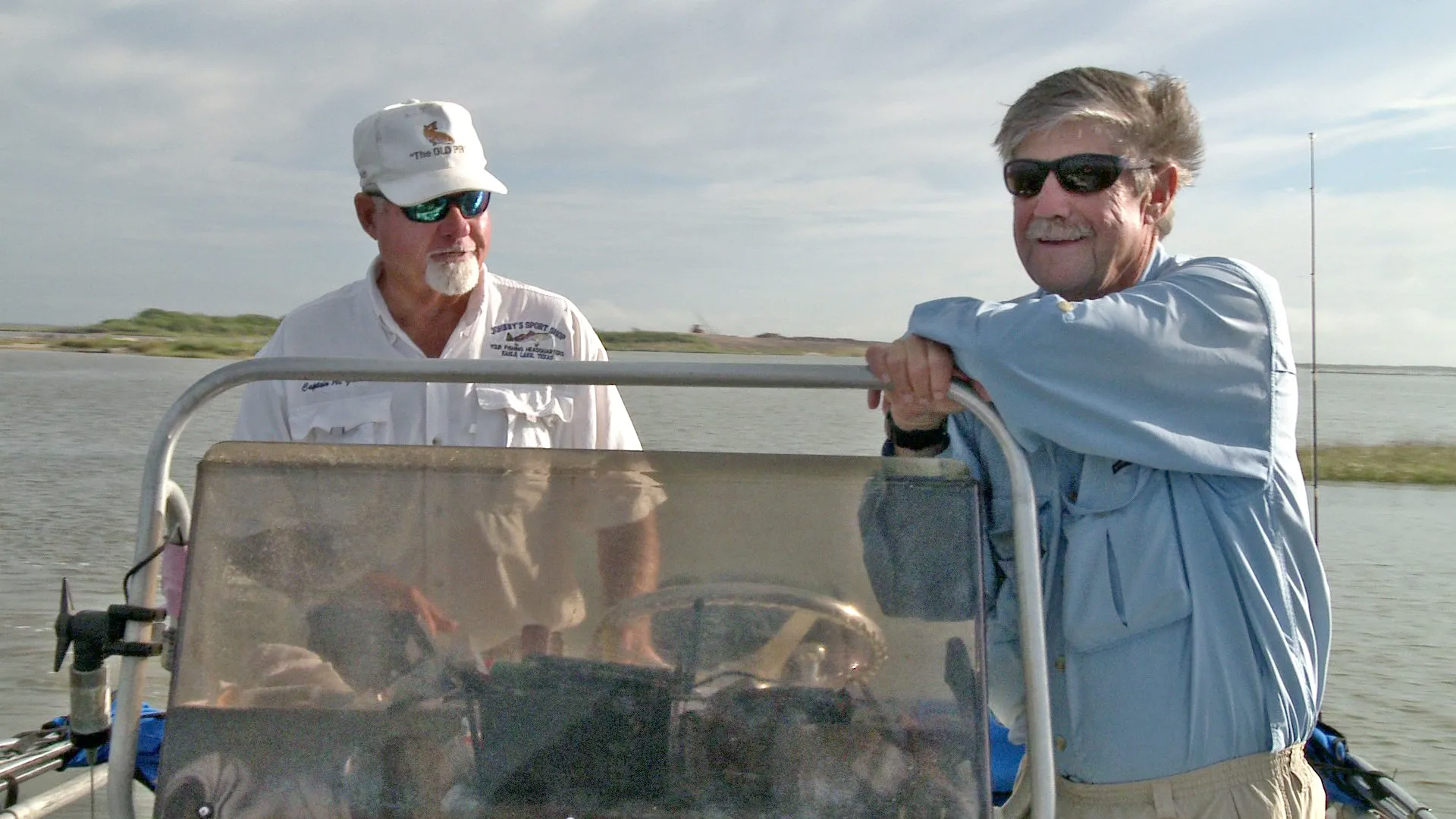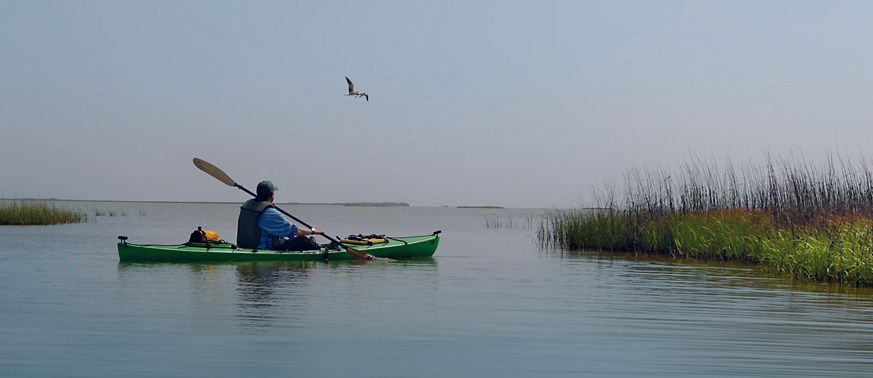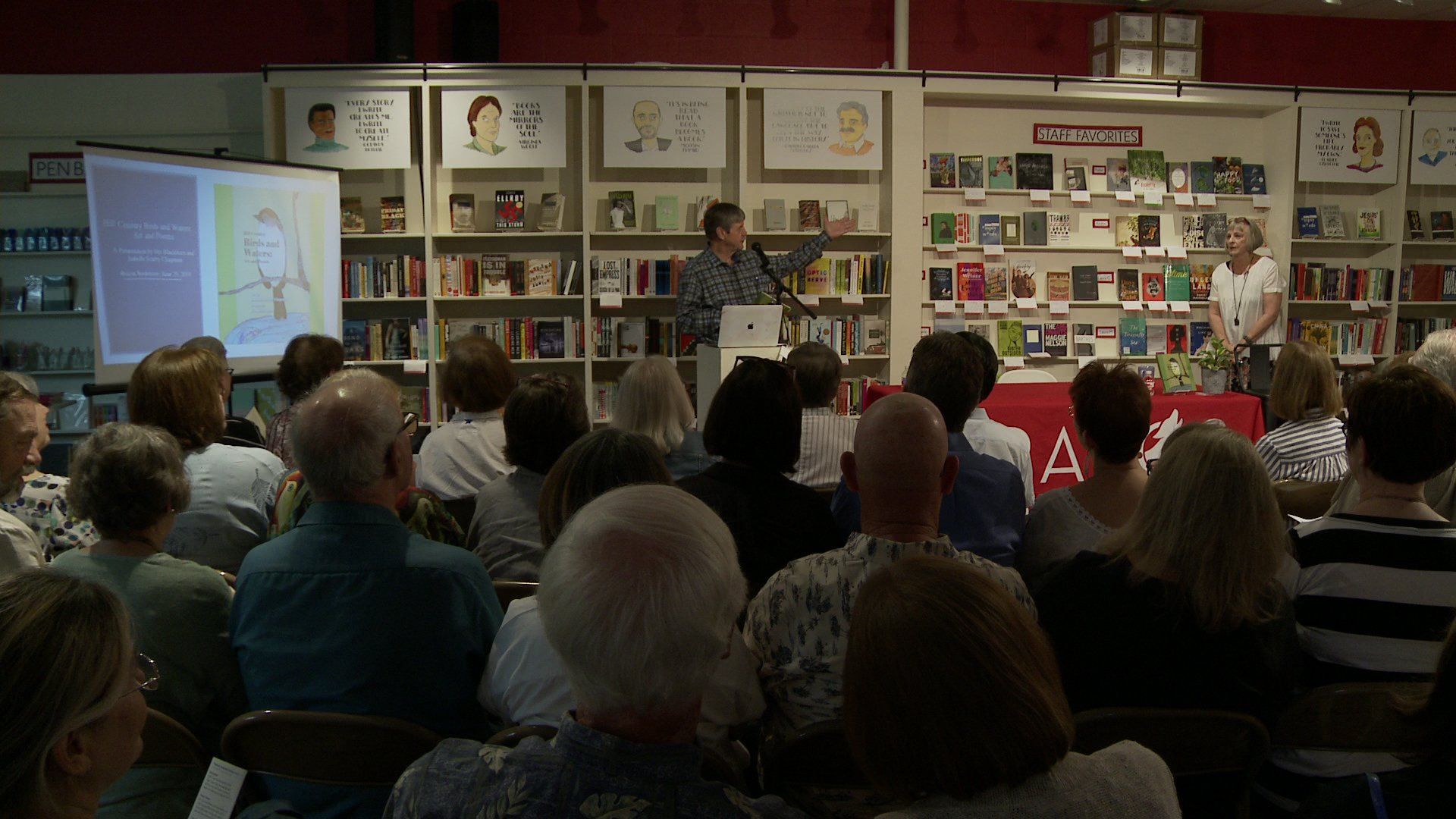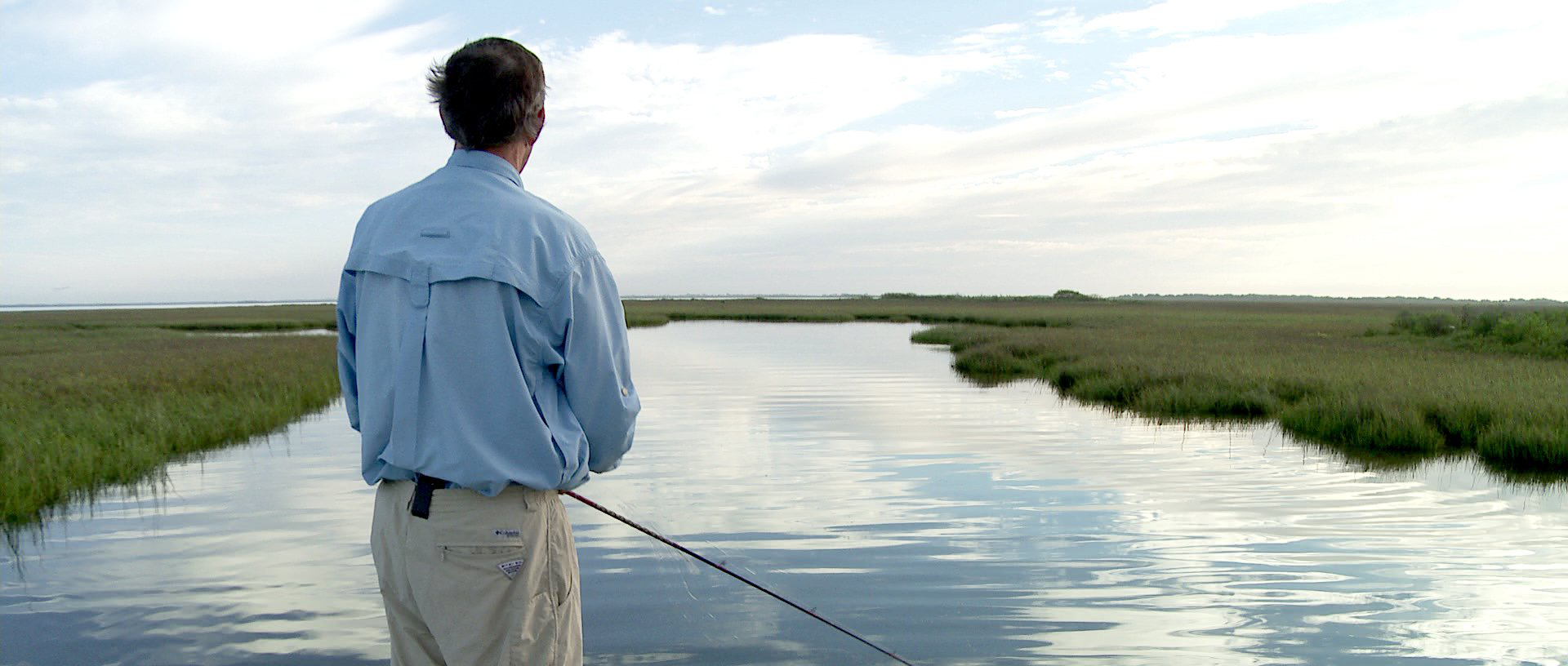Meet Jim
For those whose careers touch on environmental issues in Texas, the name Jim Blackburn is revered. Jim made a long career as one of the first and most effective environmental lawyers in the state. Though he has retired from active litigation, he continues his passion to protect the natural world, especially the bays, wetlands, and rivers of Texas, as a professor of environmental law in the Civil and Environmental Engineering Department at Rice University in Houston.
Just so no one mistakes him for a slacker, he is also a Rice faculty scholar at the Baker Institute, a co-director of the Severe Storm Prediction, Education, and Evacuation from Disaster (SSPEED) Center—a busy man after Hurricane Harvey—and an author of two books on water issues: The Book of Texas Bays and A Texas Plan for the Texas Coast. And, to make sure that his right brain is properly exercised, he has co-authored 2 books of poetry and paintings with artist Isabelle Scurry Chapman titled Birds: A Collection of Verse and Vision, and Hill Country Birds and Waters: Art and Poems
Jim's Epiphany
Jim's environmental protection epiphany can be traced to one of his most storied litigations, The Aransas Project (TAP) v Shaw. This lawsuit pitted a Rockport, TX organization concerned about the local whooping crane population against the TCEQ and the regional water district, the Guadalupe-Blanco River Authority (GBRA). After 23 cranes mysteriously died during one wintering season in 2008-2009, researchers discovered that blue crabs, the primary diet of the cranes, had disappeared from San Antonio Bay as well. The GBRA and other water users had been diverting fresh water that normally fed into San Antonio Bay to urban and farm users. Consequently the bays became more saline due to diminished fresh water inflows from rivers and streams. This upset the delicate balance for many living things like fish, crabs, oysters, shrimp, and a host of sea grasses.
As they squared off, The Aransas Project implored the TQEC and GBRA to reconsider the water rights policies that were killing the cranes, but they insisted that the crane die-off had nothing to do with water diversion. Jim was successful in winning the first round in District Federal Court in Corpus Christi in 2013, but lost an appeal by the GBRA at the 5th Circuit Court of Appeals in New Orleans. Then in a final Hail Mary, he appealed to the U.S. Supreme Court who eventually decided that it would not rehear the case. Surprisingly, the story has a happy ending. Jim seized victory from the jaws of defeat when he suggested sitting down to talk with Bill West, his nemesis at the GBRA. They discovered during a meeting in Sequin that there might yet be a way forward, and they put together an agreement to find a means to protect future water users, the bays, and the whooping cranes. This light bulb moment convinced Jim that there really might be a middle path in Texas to protect all that he loved.
The Environmental Trinity
TAP v Shaw identified for Jim a trinity of approaches to environmental protection that includes ecotourism, ecoservices, and spirituality.
Ecotourism includes already existing activities like birdwatching, hiking, and water sports like kayaking. But Jim has taken it a step further by promoting a more organized structure of commercial, outdoor activities called the Lone Star Coastal National Recreation Area, located close to urban areas so that there is higher use and thus better appreciation.
Ecoservices fall under a plan called the Texas Coastal Exchange that is designed to use a voluntary carbon credit system to pay farmers and ranchers to practice carbon sequestration for industries who want to mitigate their high carbon footprint. In both cases, the secret sauce is monetizing environmental protection (e.g. Ecosystem Investment Partners) for players not naturally so motivated.
Finally there is Spirituality. In a state that prides itself on religious values, there is much that organized religion (e.g. Katharine Hayhoe) can do to encourage protecting God's creation. Even the non-religious often have a personal philosophy of seeing the sacred in nature.


